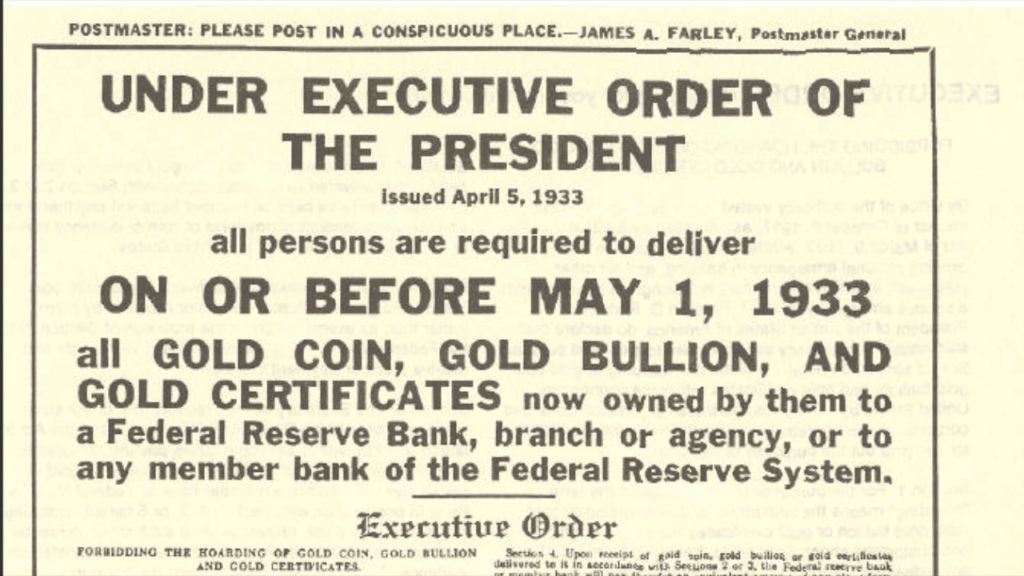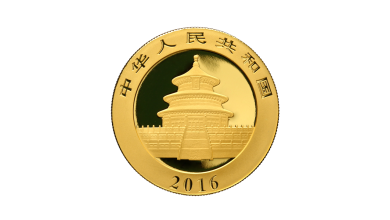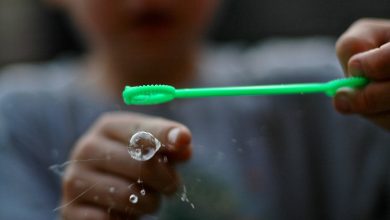Franklin D. Roosevelt’s Gold Heist

Yesterday (April 5) marked the anniversary 0f the signing of Executive Order 6102 by President Franklin D. Roosevelt. It was touted as a measure to stop gold hoarding, but it was in reality, an attempt to remove gold from public hands.
Many people refer to EO-6102 as a gold confiscation order. But confiscation is probably not the best word for what happened in practice.
The order required private citizens, partnerships, associations and corporations to turn in all but small amounts of gold to the Federal Reserve in exchange for $20.67 per ounce.
The executive order was one of several steps Roosevelt took toward ending the gold standard in the US.
With the dollar tied to gold, the Federal Reserve found it difficult to increase the money supply during the Great Depression. It couldn’t simply fire up the printing press as it can today. The Federal Reserve Act required all notes to have 40% gold backing. But the Fed was low on gold and up against the limit. By enticing the public to give up its gold, the Fed was able to boost its own gold holdings and create more dollars.
EO 6102 followed on the heels of an order Roosevelt issued just weeks before prohibiting banks from paying out or exporting gold. Just two months after the enactment of EO 6102, the US effectively went off the gold standard when Congress enacted a joint resolution erasing the right of creditors to demand payment in gold. Then, in 1934, the government’s fixed price for gold was increased to $35 per ounce. This effectively increased the value of gold on the Federal Reserve’s balance sheet by 69%. By increasing its gold stores through the confiscation of private gold holdings, and declaring a higher exchange rate, the Fed could circulate more notes. In effect, the hoarding of gold by the government allowed it to inflate the money supply.
President Richard Nixon put the final nail in the coffin when he slammed the “gold window” shut in 1971, severing the last ties the dollar had to gold. Nixon uncoupled gold from its fixed $35 price and suspended the convertibility of dollars into gold by foreign governments and central banks.
Today, the Fed doesn’t have to worry about backing its notes with gold. It can increase the money supply with no restraints at all, thanks to the efforts of Roosevelt and Nixon.
When he announced the closing of the gold window, Nixon said, “Let me lay to rest the bugaboo of what is called devaluation,” and promised, “Your dollar will be worth just as much as it is today.”
This was a lie.
According to data released by the Bureau Labor of Statistics, the dollar has lost more than 80% of its value since Nixon’s fateful decision. Meanwhile, the dollar value of gold has gone from $35 an ounce to over $2,000.
Confiscation Con
Many people worry that the government could try to confiscate gold again, but this is unlikely. In fact, it didn’t really “confiscate” gold in 1933.
In effect, EO 6102 nationalized gold. But in practice, this did not lead to gold confiscation in the true sense of the word.
Americans turned in gold to the government, but they did so voluntarily as an act of patriotism. And the government gave people dollars in return for their gold. As Tom Woods explained in an article on the subject, Americans generally went along with the scheme because “the paper currency they were receiving in exchange for the gold had always been redeemable in gold in the past, so few saw anything amiss in this coerced transaction, and most trusted the government’s assurances that this was somehow necessary in order to combat the Depression.”
In fact, the feds never made any concerted effort to confiscate gold by force. They never went door to door looking for gold.
While subsequent legislation imposed a fine of $10,000 or 10 years in prison for hoarding gold, few people were ever prosecuted. And virtually all of those prosecutions involved people who tried to sell or move large quantities of gold, or who got caught up in sting operations. Meanwhile, many “lawbreakers” quietly held onto their gold and nobody was the wiser. In fact, to this day, there is a massive secondary market of pre-1933 gold coins. If the government had truly confiscated all of the gold, these coins would no longer be in private hands.
Today, you’ll sometimes hear people warn against owning gold because the government can just confiscate it again. Some numismatic coin dealers and precious metals pundits also use Roosevelt’s moves in 1933 to instill fear and bolster the sale of what they claim are “confiscation-free” products.
Of course, it is theoretically possible for the government to confiscate gold. It’s also theoretically possible for the government to confiscate cell phones. That doesn’t mean it will.
Even if you view the Roosevelt executive order as a warning sign, it’s important to understand the political and economic dynamics are much different today than they were in 1933. The world was on a gold standard and the economy was in a deep recession. The nationalization of gold was all about controlling the monetary system.
And it worked.
Today, the Federal Reserve has complete authority to expand the money supply and control interest rates. This is done with or without gold reserves. In other words, the government doesn’t need your gold.
There are numerous reasons to believe gold confiscation is highly unlikely. We outline them all in our report, “Confiscation Con: Will the Government Take Away Your Gold?” The report outlines six facts you need to know before you get caught up in government gold confiscation hysteria.
You can download the free report HERE.
Call 1-888-GOLD-160 and speak with a Precious Metals Specialist today!
Buka akaun dagangan patuh syariah anda di Weltrade.
Source link







